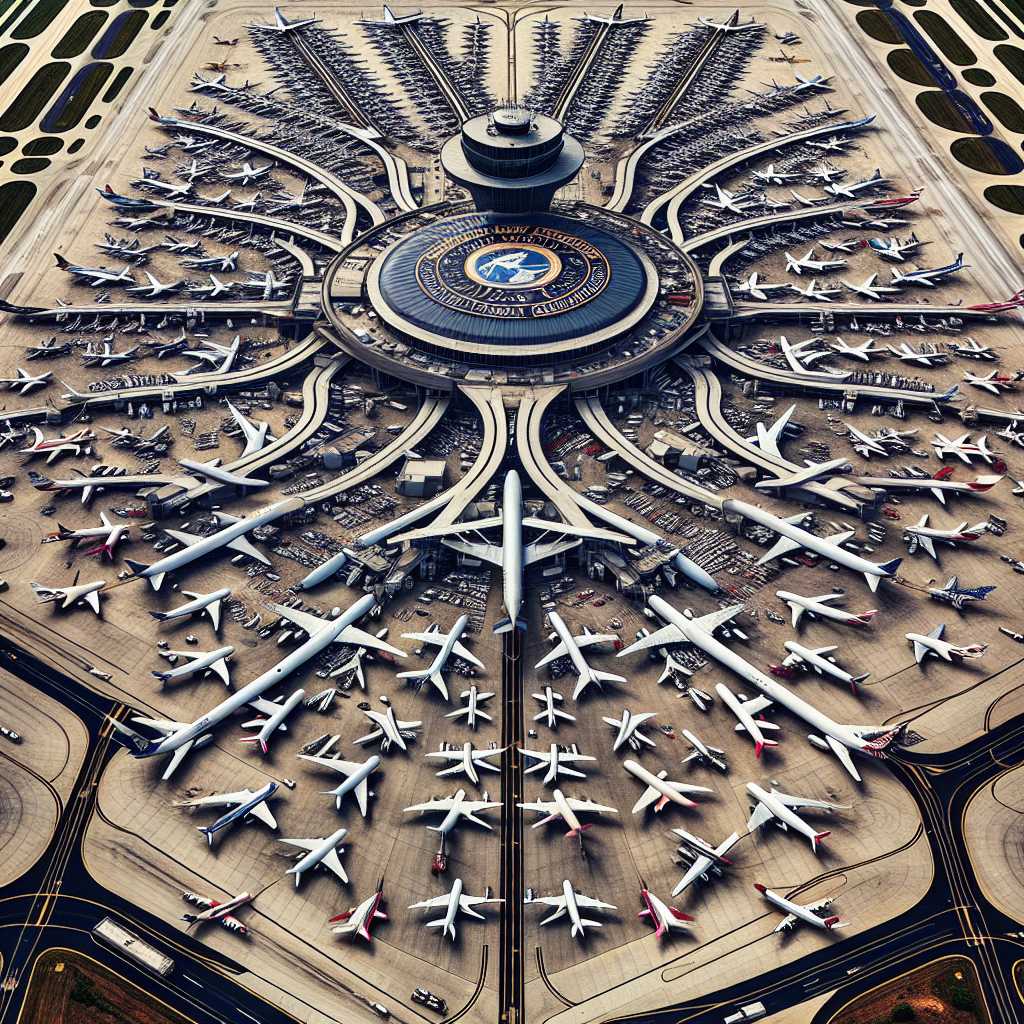The Federal Aviation Administration: Ensuring Safe Skies Over the United States
Introduction
The Federal Aviation Administration (FAA) plays a pivotal role in maintaining a safe and efficient aerospace system in the United States. Its responsibilities encompass a wide range of functions, from overseeing air traffic control to certifying pilot training programs. In this comprehensive overview, we will examine the history, operations, challenges, and advancements of the FAA, detailing its critical contribution to modern aviation.
History and Background of the FAA
The origin of the Federal Aviation Administration dates back to the early days of commercial flight. As aviation technology progressed and air travel became commonplace, it became apparent that there needed to be regulatory oversight to ensure safety standards. This led to the establishment of the FAA’s predecessor, the Civil Aeronautics Administration (CAA), in 1938.
The Federal Aviation Act of 1958 created the independent Federal Aviation Agency, which was renamed the Federal Aviation Administration when it became the part of the Department of Transportation in 1967. The agency faced a daunting task: not only to regulate airlines but also to develop a unified national airspace system.
FAA’s Role and Responsibilities
The primary mission of the FAA is to provide the safest, most efficient aerospace system in the world. Some key areas where the FAA asserts its authority include:
–
Air Traffic Control : The FAA is responsible for controlling all airline flights and private aircraft using U.S. airspace. Thousands of air traffic controllers work around the clock at numerous facilities across the country.
– Safety Regulations : The agency sets and enforces safety standards for aircraft manufacturing, operation, maintenance, and ensures that all airline personnel meet proper education and experience requirements.
– Airmen Certifications : Pilots, flight instructors, and mechanics must all be certified by the FAA fulfill specific roles within commercial aviation or general aviation.
– Airport Oversight : Construction, maintenance, and operation of airports must conform to FAA regulations designed to ensure safe and secure airport environments for both passengers and aircraft operations. Modernization Efforts
–
Safety Regulations : The agency sets and enforces safety standards for aircraft manufacturing, operation, maintenance, and ensures that all airline personnel meet proper education and experience requirements.
– Airmen Certifications : Pilots, flight instructors, and mechanics must all be certified by the FAA fulfill specific roles within commercial aviation or general aviation.
– Airport Oversight : Construction, maintenance, and operation of airports must conform to FAA regulations designed to ensure safe and secure airport environments for both passengers and aircraft operations. Modernization Efforts
–
Airmen Certifications : Pilots, flight instructors, and mechanics must all be certified by the FAA fulfill specific roles within commercial aviation or general aviation.
– Airport Oversight : Construction, maintenance, and operation of airports must conform to FAA regulations designed to ensure safe and secure airport environments for both passengers and aircraft operations. Modernization Efforts
–
Airport Oversight : Construction, maintenance, and operation of airports must conform to FAA regulations designed to ensure safe and secure airport environments for both passengers and aircraft operations. Modernization Efforts
Modernization Efforts
The sky is now more crowded than ever before, leading to greater complexity for air traffic control and an increased requirement for infrastructure renovation. In an effort to improve efficiency and leverage new technologies, the FAA began implementing the NextGen program. This ambitious modernization agenda includes:
– Upgrading radar systems with satellite-based tracking (ADS-B)
– Improving navigation procedures through Performance-Based Navigation (PBN)
– Enhancing communication between pilots and air traffic controllers via Data Comm services
NextGen is expected to increase airspace capacity while reducing delays, fuel consumption, emissions, and noise.
Challenges Faced by the FAA
As aviation technology evolves and geopolitical landscapes shift, the FAA must continuously confront emerging challenges:
–
Drones and Unmanned Aircraft Systems (UAS) : Integration of drones into commercial airspace requires crafting new policies balancing innovation with safety and privacy concerns.
– Cybersecurity : Protecting air traffic control systems against cyber threats has become one of FAA’s priorities in recent years.
– Environmental Impact : The need for more sustainable aviation practices is prompting the FAA to explore alternative fuels and more efficient flight routes. Future Prospects
–
Cybersecurity : Protecting air traffic control systems against cyber threats has become one of FAA’s priorities in recent years.
– Environmental Impact : The need for more sustainable aviation practices is prompting the FAA to explore alternative fuels and more efficient flight routes. Future Prospects
–
Environmental Impact : The need for more sustainable aviation practices is prompting the FAA to explore alternative fuels and more efficient flight routes. Future Prospects
Future Prospects
Looking into the future, enthusiasts and industry professionals eagerly await further innovations in airspace management. The increasing interest in urban mobility solutions such as flying taxis represents both a challenge and an opportunity for the FAA.
Notes
Image description An appreciable aerial view showcasing a myriad of planes parked at an airport terminal with various taxiing tracks converging towards runways affirms evidence of a complex yet remarkably organized infrastructure managed under the careful surveillance of an air traffic control tower donning a Federal Aviation Administration emblem.
q74Sy

